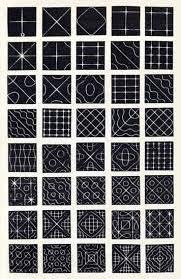User:KvdH/MINOR FINAL PROJECT
Jump to navigation
Jump to search
Question
Research
Sanne Gelissen
Open floor plans are easy on the eye, but work less well acoustically. One person wants to listen to music, while the other wants to read. We’ve all been there. What to do? Sanne Gelissen has an answer: ‘Sound Scene’. Instead of allowing sound to spill out and take over the entire room, this device bundles sound waves together, beaming them towards a specific point – like a kind of sound spotlight. Within this audio zone, music can be enjoyed to the max. Step outside, and it quickly fades to a minimum. The same space can be shared without a wall or room divider in sight.TEDxAthens From gunshots in a canyon to underwater submarine engines, this audio-rich talk explores the role of sound design in modern storytelling.Soundsnap.com founder Tasos Frantzolas looks at a variety of multimedia examples to show the ways that sound designers ‘lie’ in creating the sonic palette of film, television and interactive media. https://www.youtube.com/watch?v=jDy5j0c6TrU
Patterns in soundwaves Chladni Pattern is the nodal pattern formed on a plate when an external driving source is given to make the plate vibrate. Figure 1 is a demonstra- tion of how Chladni uses simple devices to visualize sound. On a horizontal plate he put some fine sand, and then give the plate a certain frequency of vibration at some point. As a response, all the points on the plate start to vibrate but each point vibrates with different amplitude. Particularly there are some points that always stand still. Therefore, the sand at the neigh- bourhood moves towards the ”silent” points, which is how the sand pattern is formed. For the same plate, the pattern varies with the frequency of the driving source. https://www.youtube.com/watch?v=1yaqUI4b974
"The Pirate Publisher", a satire of copyright infringement from the magazine Puck.


